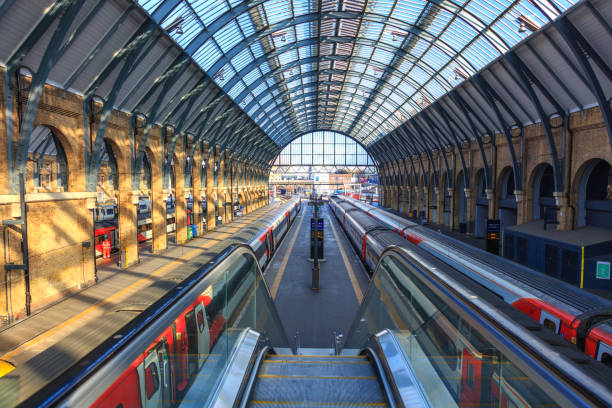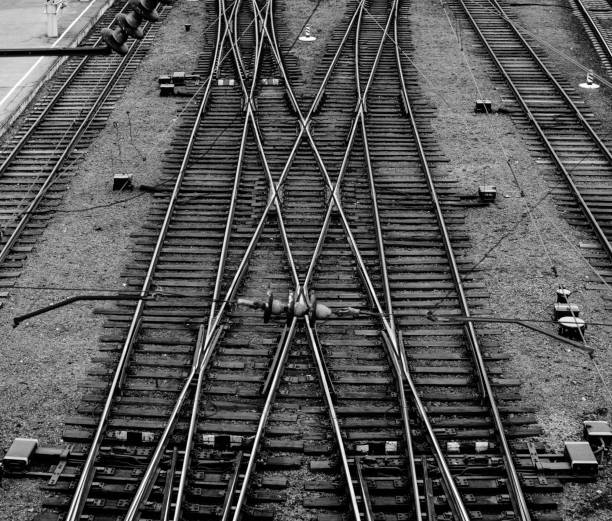Network Rail chief executive Andrew Haines has said that closing the Nonheme Viaduct was “absolutely the right decision”. Haines commented on the day of a visit to the works at the viaduct and shared images from the site detailing the damage to the southern abutment that led to the closure on 3 April. Nonheme Viaduct, which crosses the River Thames near Abingdon in Oxford shire, was closed after Network Rail’s monitoring equipment installed at the site showed increasing movement in the structure. The rail line between Didcot Parkway and Oxford is now expected to be closed until June due to the scale of the stabilization work needed on the viaduct. Haines said that his visit was very enlightening and added that the team working on the problems has been drawn from “many parts of the industry”. “Together they’re looking to reopen the railway,” he said. “It was absolutely the right decision to close the bridge given the sudden, rapid proliferation of movement. “I will continue to focus energies on delivering for our passengers and customers – ensuring that everyone involved in repairs is very much aware of the disruption these works are causing to those using our network. “We are working as quick as we can to make the necessary assessments and repairs but the nature of the damage, the ground conditions and site constraints means this is not at all straightforward.”

Haines also Confirmed Network Rail’s Contractor Teams Are Being led By Balfour Beatty.
Nuneham Viaduct was built in 1929 and is formed by of a pair of steel bowstring spans with a brick-built pier in the centre of the river but it is understood that it is movement in the southern abutment that has triggered the closure. Movement from the Nuneham Viaduct has “significantly worsened in recent weeks”, a Network Rail spokesperson last week told NCE. Network Rail was aware of an issue several weeks ago and had been working to resolve the problem before the rail infrastructure operator was forced to close the structure. Network Rail said that the structure had been monitored since 2018, with extra equipment installed earlier this year. “Prior to the recent rapid deterioration of the viaduct, its condition posed no risk to trains or passengers,” said the rail infrastructure operator in a statement. “The viaduct, like other rail infrastructure, undergoes regular inspections, including with divers below the water every three years. Manual inspections have been carried out at the viaduct every three months since 2021, with full inspections of the stability of the southern bridge support structure in 2019 and 2022. These inspections led to a planned low intrusive ground stabilisation scheme in March. “Unfortunately, these interventions were not successful, resulting in the closure of the line once the condition of the viaduct rapidly and unexpectedly deteriorated. The cause of the rapid decline in the condition of the southern support structure is currently unknown, however engineers will be in a better position to assess this once the old support has been removed.” Meanwhile, the southern arch of Nuneham Viaduct will be closed for boat users’ safety and emergency construction works, the Environment Agency has said in a river restriction notice issued on 6 April which is currently in force until 5 May. The Environment Agency notice said: “This restriction is for initial works to be taken under the south railway arch prior to further bridge repairs, during the overall repair of the bridge abutment. “During this time there will be a restricted river under the southern arch of the railway bridge.” A pontoon will to be moved into position to allow for works to be taken from beneath the railway bridge in the channel, which will completely obstruct the southern arch during works. The pontoon will subsequently be removed to a safe mooring when work is finished. Network Rail communications director Nicky Hughes last week said: “We’ve been monitoring this bridge for a number of months now and we’ve been taking measures to try and make the foundations of the bridge more secure. But unfortunately those measures don’t appear to be working. And of course we’ve had some significant rainfall in the last month as well. And in the last weekend we’ve seen a lot of movement of the structure. “We’re working with a number of experts from across a range of different engineering disciplines to try and make the bridge safe for us to run passenger and freight trains over it whilst we then put in place a long-term solution that will enable us to get back to what we call line speed. But it will be within weeks, it won’t be within days.”


Recent Comments